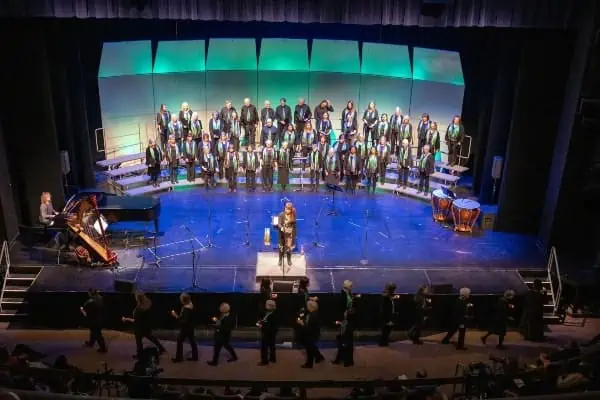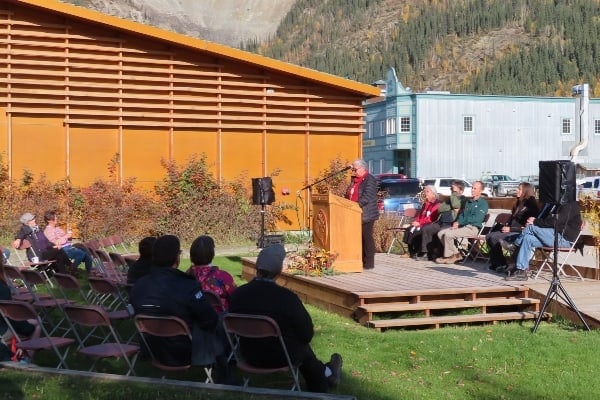As March begins, there is excitement in the Yukon Night Sky. It is time for the Messier Marathon. This is an event that most amateur astronomers anxiously await, and the time is just about upon us.
So what is a Messier Marathon and what is all this curious excitement about? you ask. Here is a quick breakdown for you.
In the mid-1700s, a French astronomer named (you guessed it) Charles Messier was hunting the night sky for comets, as comets were all the rage at that time in history. Upon hunting his beloved comets, he came across a rather odd cloud shape in the night sky.
Charles immediately recognized this object as a comet wannabe. What Charles did not know at the time was that he was viewing the Crab Nebula in the constellation of Taurus. So other people would not mistake this object and others as comets, Charles and his friends kept a record of them.
Toward the end of it, there were 103 Messier objects. With a few extras added, it brought the total to the 109 or 110 nebulas, galaxies, globular and open star clusters that now make up the Messier Catalogue.
When observing star charts, you will notice the sequence, M42. It actually stands for Messier Object Number 42, the Orion Nebula, in the constellation of Orion.
And that is the short version of the story.
By the way, Charles did discover 13 comets between 1760 and 1798. Even though Charles had an 8-inch telescope, the quality was poor at best. By today’s standards, a quality 80-mm refractor will quite easily show you everything that Charles saw.
Now, what makes this really cool is that most of the deep sky treasures can be seen in a single evening from March 5 to April 12. The best viewing period is from March 30 to April 3.
In the Yukon, participating in the Messier Marathon is a mixed bag of surprises. To start with, it would be most preferable to have a more-southern location to run this night-sky marathon. Some of these wondrous deep sky treasures never rise above our local Yukon horizon; we just live too far north.
On the upside, we can see a large majority of the Messier objects and we have wondrously clear and light pollution-free skies.
As with any marathon, you have to prepare for an event like this.
After all, you need to be up and alert from before sundown until just before sun-up. You need to set up early, definitely before the sun goes down, and check that everything is working properly.
You do not want to have a problem halfway through your marathon.
In the early evening, just after the sun goes down, you start your marathon by observing the autumn Messier objects, a large abundance of celestial treasures, such as the Andromeda galaxy and star clusters, are just waiting to be discovered.
As the evening progresses, you will be cruising easy-to-find winter high lights (well-known tourist attractions) such as the Orion Nebula and the Pleiades Star Cluster.
The midnight hour arrives and you are now facing the most daunting part of the marathon, the great springtime galaxy express. There are so many galaxies in the Virgo Super Cluster that sometimes identifying them all properly can be a challenging task. More than once, I have had to start over again.
It is now the very early hours of the morning and you are surfing the southern horizon, looking for any missed summer targets. Most of these will not crest our horizon, but is always worth trying.
Having done this marathon with everything from binoculars, both large and small, to telescopes of all sizes, I have to admit I do prefer my old monster 14-inch Dobsonian telescope for the job.
This year, my Dobsonian telescope has some competition, a computerized mount with an
8-inch Schmidt-Cassegrain telescope riding on top. This should make the marathon pretty easy, so I am going to run them both.
Now that is something I have never done before.
Are you finding the temperature not so much to your liking? Is it just too cold and windy to set up all your astronomy gear when you don’t own an observatory? Do you still want a quick peek at the amazing night sky but would prefer not to freeze doing it?
Then the solution is simple: grab your parka, binoculars and star map, and head outside. It is time for a quick binocular tour.
My first target of interest is the globular cluster known as M53, in the constellation of Coma Berenices. This constellation can be found in the northeastern evening sky below Ursa Major (the Big Dipper).
Using binoculars will not resolve the stars to a star-like image, but it is a wonderful view. In appearance, M53 looks like a small cloudy oval resting in an equally impressive star field.
Next, we move high overhead, where the sky is darkest, and locate the constellation of Auriga. Find the brightest star, which is called Capella. Move your binoculars down toward the southern horizon and there you have three pretty-open star clusters: M36, M37 and M38.
Now bring your binoculars down even farther south until you reach the easily recognizable constellation of Orion. Locate the three belt stars and move your binoculars down and you will see the glowing Orion nebula, which is bright enough to seen with the unaided eye.
Last but not least, bring your binoculars to the western horizon and locate the constellation of Andromeda. A quick way to locate the Andromeda Galaxy is to first locate the familiar “W” shape of the constellation Cassiopeia. By moving your binoculars down, on an angle, you will easily locate M31, the Andromeda Galaxy.
There you have it, all in one quick ten-minute mini sky tour. You have seen a globular star cluster, three open star clusters, a nebula and a galaxy.
Winter night skies are the clearest, so take advantage of the situation and head outside and check out those amazing Yukon Night Skies, even if is just for a quick spin.
Plans for the upcoming Yukon Night Skies Star Party, at Grey Mountain Lookout on March 13 and 14, at 8 p.m., are progressing quite smoothly. And thank you for the
e-mails – keep them coming at [email protected].
Clear Skies, from James “Deep Sky” Cackette.
James “Deep Sky” Cackette can be reached at [email protected]. See his photo adventures on Facebook at Yukon Night Skies.




